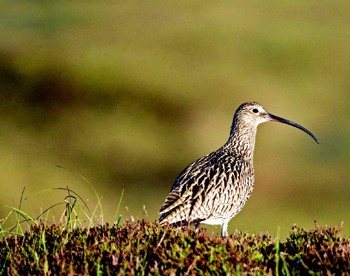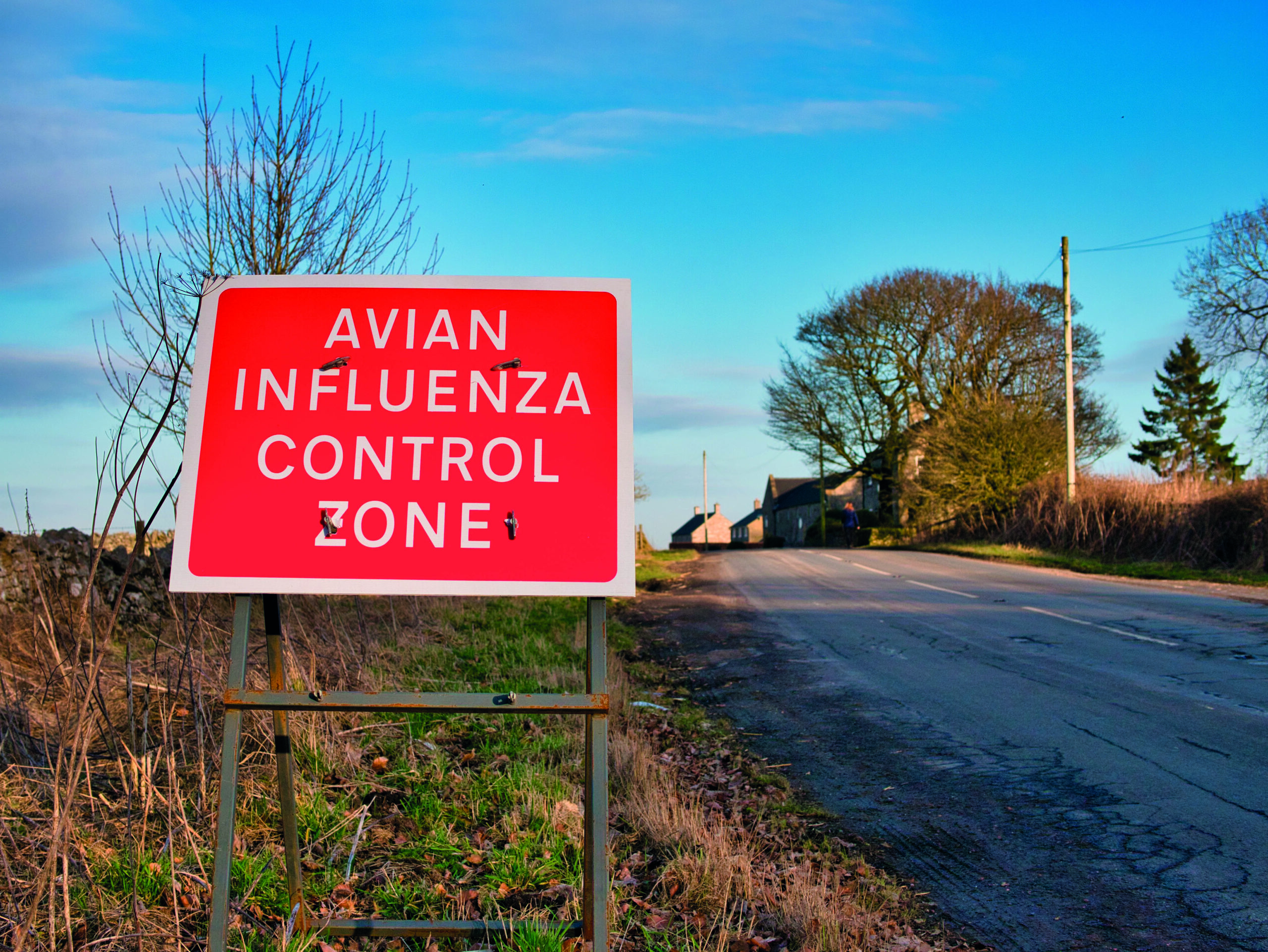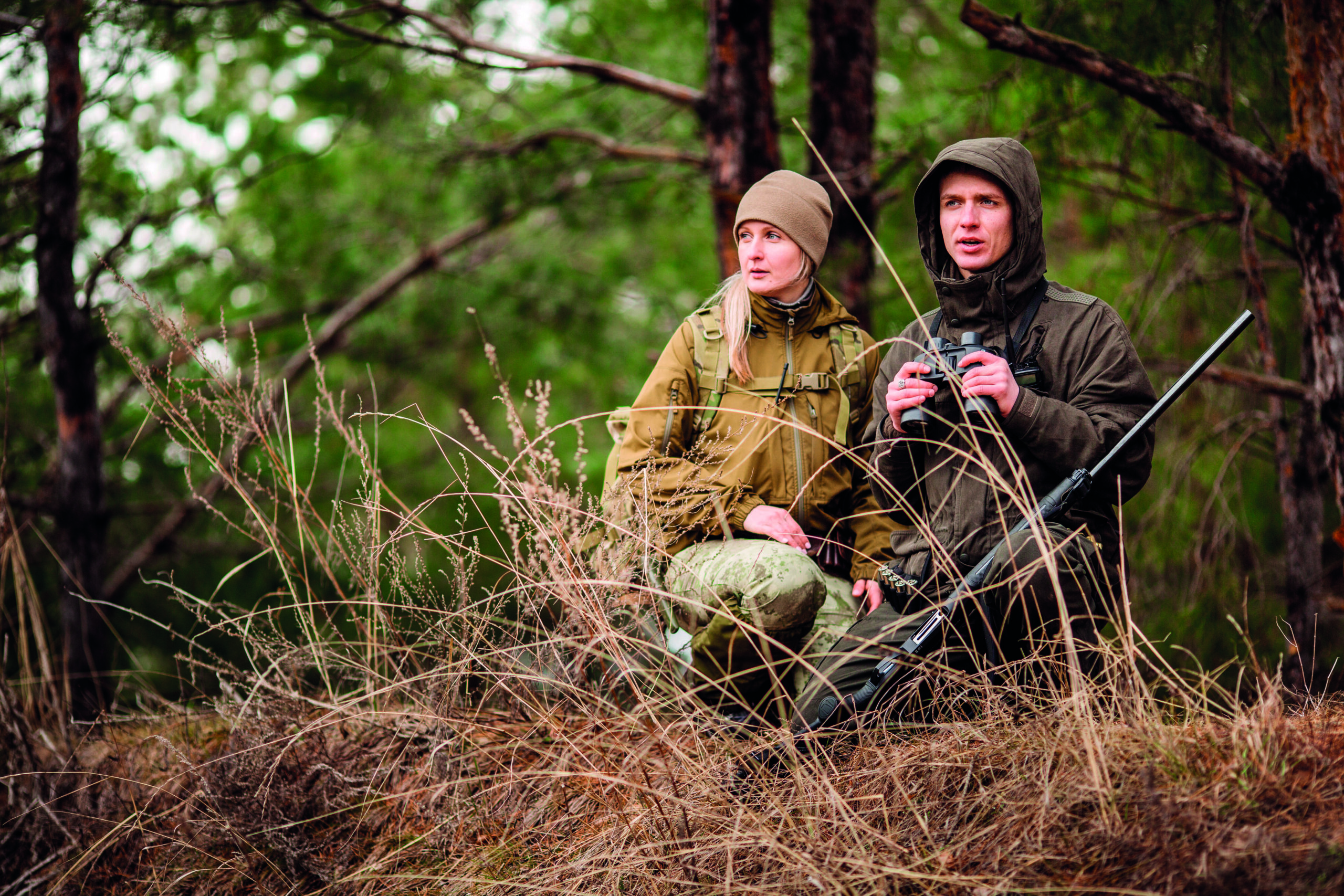Gamekeepers good for wildlife says Natural England

Natural England has attributed the recent extraordinary improvement in important wildlife sites to the work of gamekeepers and shoot managers.
This year, 96.5% of England’s 4,119 SSSIs are in favourable condition or are on course to reach it, up from only 57% in 2003.
Much of the improvement is on moorland areas run as shooting estates.
Natural England has revealed that the government target has been exceeded in north-east England with 98.8% of SSSIs now meeting the required standard — the highest percentage of any region in England.
NE’s Chief Executive, Dr Helen Phillips, said: “Natural England appreciates the significant benefits that current best practice management on these grouse moors delivers and we applaud the members of the Moorland Association for their continued careful guardianship of these special places.”
This recognition comes at a time when moorland managers have faced a barrage of negative criticism from groups such as the RSPB, based on accusations of hen harrier persecution.
Edward Bromet, Chairman of The Moorland Association, said: “Thanks to grouse moor management, England’s uplands are home to the highest breeding populations of wildlife, such as curlews, golden plovers and blackgrouse, but they are much less well-known for their vital role in providing a wide range of free natural services. A well-managed moor provides clean water, an attractive landscape, flood protection, carbon storage, places for quiet recreation and unique foods such as wild red grouse, heather-fed lamb and heather honey.”








